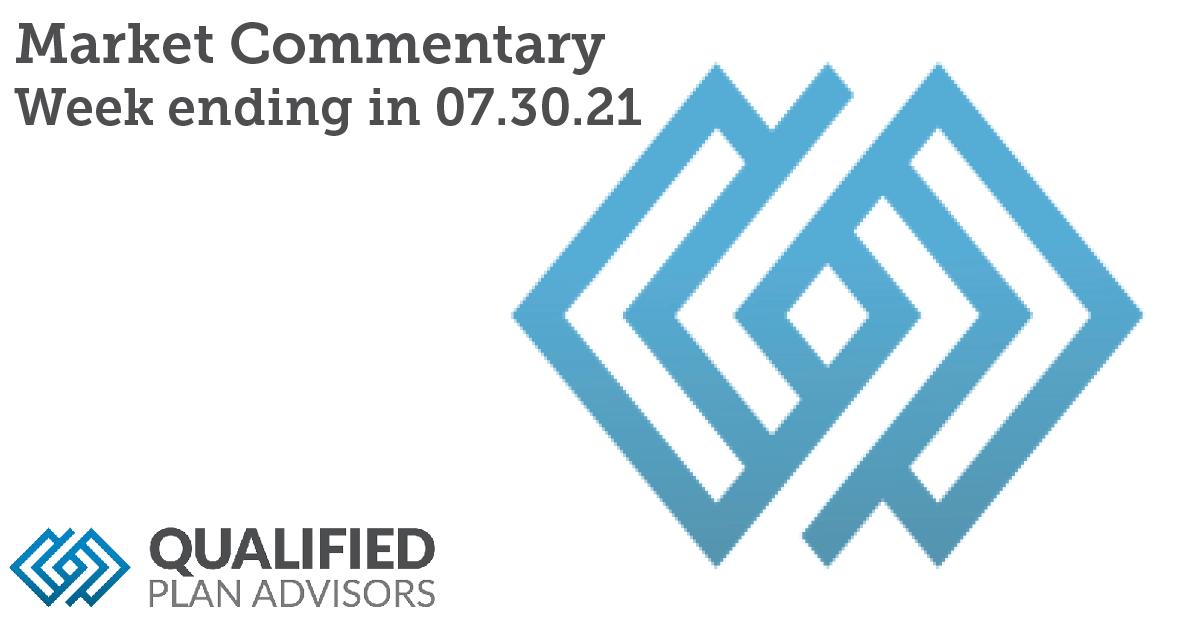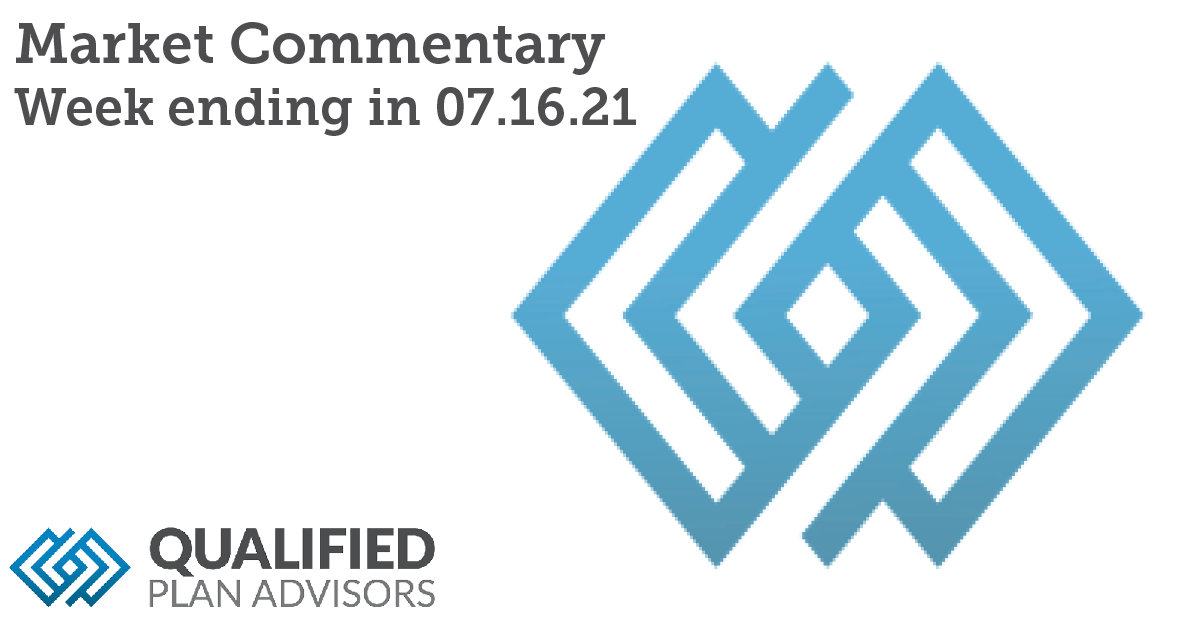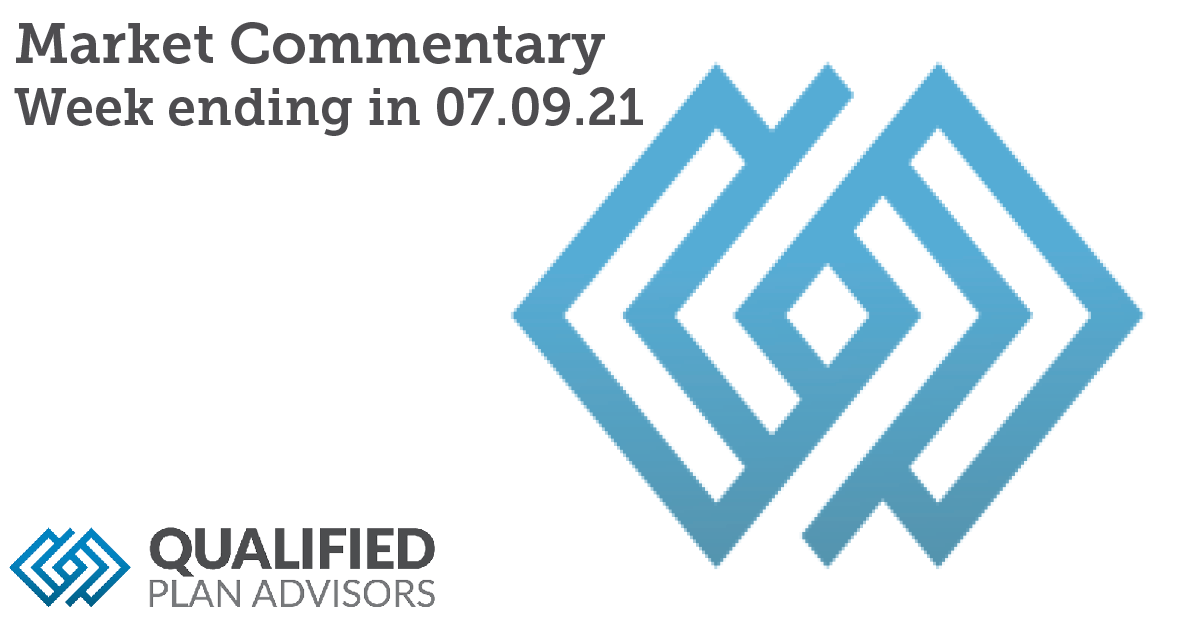Better Understanding the “Mega Backdoor Roth” Concept: FAQ’s
Retirement plan lingo typically isn’t the most exciting. Terms like “EPCRS”, “ACP”, “ADP”, “QACA”, “EACA”, “402(g) limit”, “415 limit”, etc. don’t make for the best headlines.
Writers and commentators have found a term they like, though, in “Mega Backdoor Roth”. When they throw the term into a headline and introduce a story with the ability to save $58,000 into a 401(k) plan and avoid taxes in the future, we have an intriguing concept on our hands. Yet they frequently overstate its simplicity and fail to address nuances that merit additional attention. Let’s take a look at some FAQs that will help plan sponsors to navigate the processes of considering the necessary plan amendment and communicating with participants.
Q: What steps would be involved in the “Mega Backdoor Roth” possibility?
A: As a starting point, the plan must allow for old-fashioned “after-tax contributions”. These are not Roth contributions; the Tax Code permitted this type of after-tax contributions long before Roth contributions became available.
Next, a participant must elect to convert after-tax contributions to Roth dollars. This could occur through an “in-plan Roth conversion” if the plan’s terms permit such a conversion. In this case, the dollars would remain in the plan. In the alternative, to the extent the plan were to permit an “in-service distribution”, the participant could elect a distribution and rollover the proceeds to an outside Roth IRA.
Following that participant action, the Tax Code would treat the dollars like other Roth amounts, including a later tax-free distribution of the principal amount and earnings (provided that the distribution otherwise met the requirements for a “qualified” distribution).
Q: Could a participant contribute an unlimited amount of after-tax contributions?
A: No. The Tax Code generally limits the total amount that may be contributed to a participant’s 401(k) or 403(b) plan in any given year. For 2021, the limit is $58,000. The following formula answers this question: Annual total contribution limit – sum of all other contributions made to the plan (pre-tax deferrals, Roth contributions, and all employer contributions) = limit on after-tax contributions. (Note that the annual limit increases for participants who make catch-up contributions after maximizing their traditional pre-tax or Roth contributions. In 2021, the limit is $64,500 for those participants.) As discussed below, the limit could be further reduced for a highly compensated employee (HCE) if the plan were to fail the applicable nondiscrimination test.
Q: My CFO read about this in the Wall Street Journal and has asked us to make it possible. Is it really a no-brainer?
A: No. It’s not a no-brainer. It’s also not a slam dunk or a home run. If it works (more on this below), though, it is pretty cool.
Consider the high percentage of employees’ retirement savings that is sitting a pre-tax bucket, awaiting taxation at the time of distribution. The Mega Backdoor Roth structure would provide a pathway toward shifting that percentage lower and permitting more retirement dollars that will be exempt from taxation when distributed. In overly simplistic terms, a Roth 401(k) structure may permit a participant to save around 3x the amount he or she could contribute to a Roth IRA in any given year; a Mega Backdoor Roth structure takes that to an entirely different level, by potentially permitting a participant to save between 2x and 3x the amount that could be contributed under a typical Roth 401(k) structure. In addition, the plan contributions are not subject to the adjusted gross income (AGI) limits that prevent many high earners from directly contributing to a Roth IRA.
The potential advantages make the concept worth exploring. Of course, the potential surprises trigger the need to dive deeper into the details.
Q: What issues should we consider before making Mega Backdoor Roth available?
A: The biggest potential issue relates to the plan’s nondiscrimination testing. An employee’s after-tax contributions are treated as employer contributions for testing purposes and subject to the Average Contribution Percentage (ACP) test. This testing will be required without regard to whether the plan is a safe harbor plan. If only HCEs make after-tax contributions, failure is quite likely – particularly if the plan does not include an employer contribution.
Plan sponsors should also consider whether the after-tax contributions will be subject to a matching contribution. Any plan amendment and participant communication should clearly address the organization’s preferred approach.
Finally, if a plan liberally permits in-service distributions that would be used to accomplish the Mega Backdoor Roth conversion into external Roth IRAs, this could result in significant plan asset outflows. Some employers don’t worry about this. Others take pride in retaining retirement assets in the plan, in part because larger assets provide greater pricing efficiencies for the entire workforce.
Q: Given the combination of potential advantages and disadvantages, what are employers doing to make it work?
A: The most critical test will be to ask the recordkeeper to perform some stress testing in advance of making plan design changes. We recently participated in this exercise with Prudential, which did an incredible job of simulating various potential after-tax contribution usage rates and was able to project the likely outcomes under various scenarios. The stress testing could suggest there will not be testing issues. It also could suggest that potential limits (such as a dollar or percentage ceiling) on after-tax contributions would greatly increase the likelihood of passing the test.
Others are thinking about ways to feature after-tax contributions as an option that participants may appreciate for a variety of purposes. The Mega Backdoor Roth concept most commonly involves HCEs. Yet after-tax contributions are also gaining traction as an attractive emergency savings option, particularly for non-HCEs. QPA’s Rob Massa blogged about this “old idea to solve a modern problem” in July.
These are complex issues. It may make sense to introduce the building blocks over a series of plan amendments. Start with Roth contributions, later add the traditional in-plan Roth conversion option that allows the conversion of pre-tax amounts in the plan, and then follow with the Mega Backdoor Roth concept. If a plan sponsor is not inclined to take that gradual approach, communication is paramount. Depending on the stress test results, a plan sponsor may need to very proactively encourage non-HCEs to use after-tax contributions.
We welcome these conversations. We understand many in human resources or benefits departments face a tough scenario when an executive or otherwise-influential employee presents the Mega Backdoor Roth as a sure thing or, even worse, suggests that the absence of that feature is cause for judging the plan as a poor employee benefit. As is frequently the case in life, the answer is somewhere in the middle. Progressive employers take the time to listen to employee demand, discuss the possibilities with the plan consultant, and explore avenues to bring new features to participants that will be a net positive. The Mega Backdoor Roth could work. Or it could not. We’ll see.


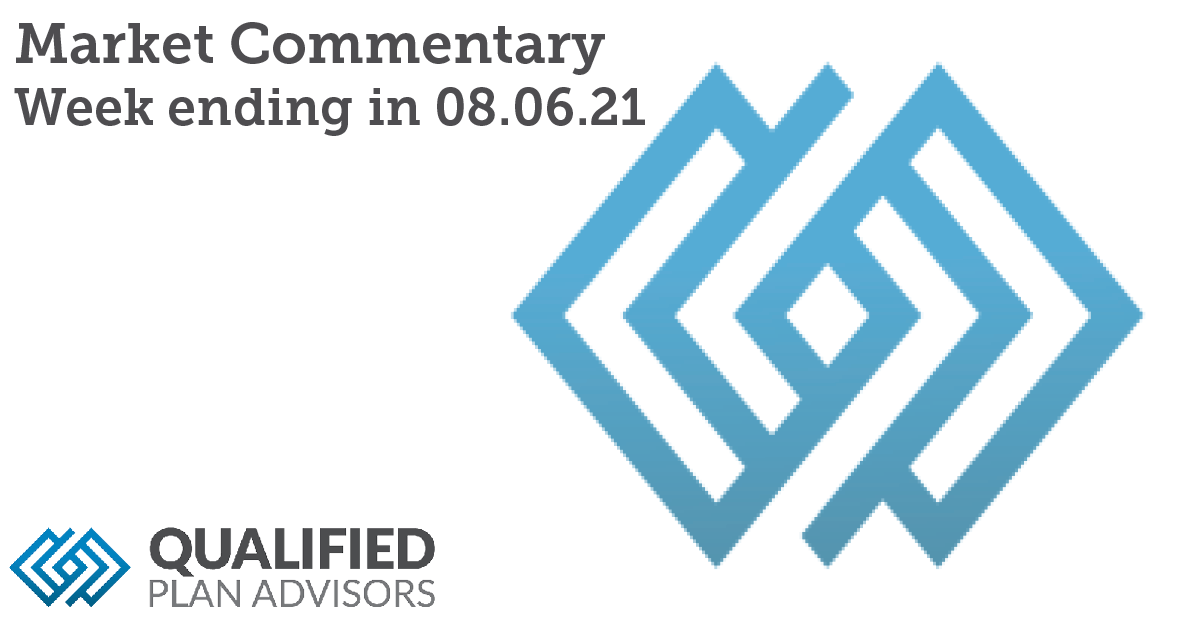

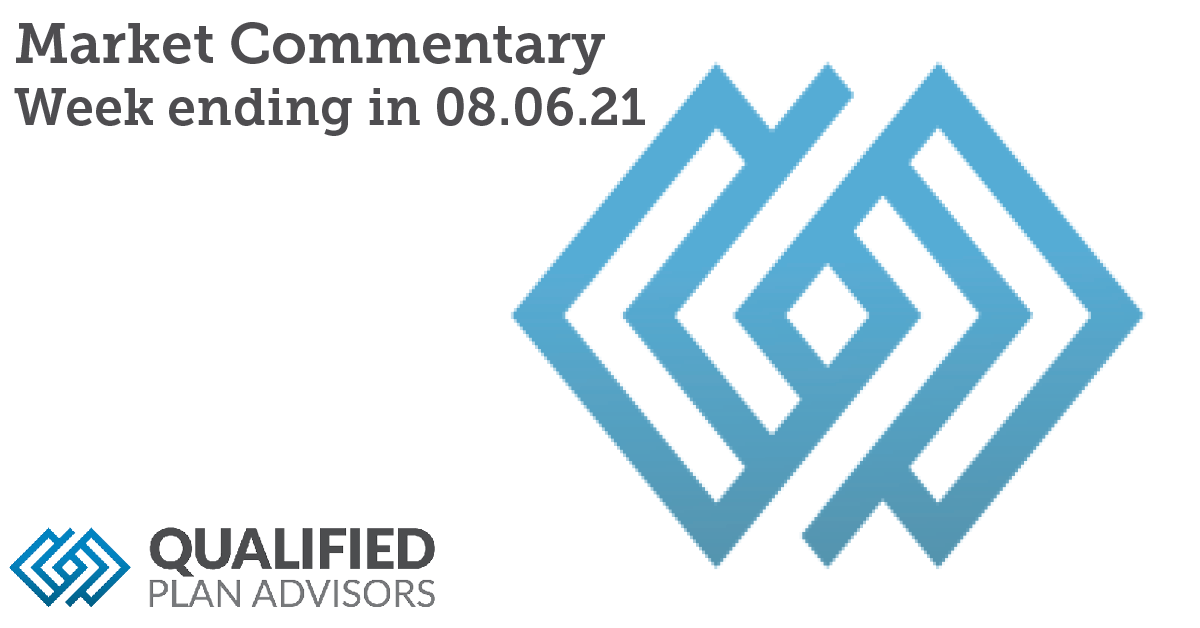


 In Australia, Sydney was locked down for the first time in more than a year. Indonesia, the fourth most populous country in the world, is experiencing a spike in both infections and deaths. It has resisted tighter restrictions, but with only had about 5% of the country fully vaccinated it began additional curbs in hard‐hit areas. Of course, the Olympic games started which began in late July in Tokyo have no live fans after the government declared a state of emergency for the duration of the games. Nicolas Colas of DataTrek Research pointed to Apple mobility data to show the divergent recoveries and the challenges resulting from different levels of restrictions, infection rates, and vaccination levels. Mobility data in the U.S. and Europe showed positive trends and traffic that was near or above early 2020 levels. But Asia was seeing much lower mobility activity with Sydney under lockdown, Bangkok closing public spaces, and India just starting to ease restrictions after their devastating Delta surge.
In Australia, Sydney was locked down for the first time in more than a year. Indonesia, the fourth most populous country in the world, is experiencing a spike in both infections and deaths. It has resisted tighter restrictions, but with only had about 5% of the country fully vaccinated it began additional curbs in hard‐hit areas. Of course, the Olympic games started which began in late July in Tokyo have no live fans after the government declared a state of emergency for the duration of the games. Nicolas Colas of DataTrek Research pointed to Apple mobility data to show the divergent recoveries and the challenges resulting from different levels of restrictions, infection rates, and vaccination levels. Mobility data in the U.S. and Europe showed positive trends and traffic that was near or above early 2020 levels. But Asia was seeing much lower mobility activity with Sydney under lockdown, Bangkok closing public spaces, and India just starting to ease restrictions after their devastating Delta surge. The chart of PMI data to the left reflects the stark contrast of deviating business activity with the U.S. and eurozone well into economic expansion but Australia falling back into economic contraction. South America has seen little disruption from the Delta variant but is struggling with its own highly infectious Gamma variant. Bottom Line: The global economy experienced a largely synchronized recovery following the initial COVID‐19 pandemic beginning in the Spring of 2020 and the following year. But different levels of vaccination rates, and subsequent waves of COVID variants across—and within—countries, means the recovery is now increasingly divergent. Rebalancing and risk management will take on additional importance in this more challenging environment.
The chart of PMI data to the left reflects the stark contrast of deviating business activity with the U.S. and eurozone well into economic expansion but Australia falling back into economic contraction. South America has seen little disruption from the Delta variant but is struggling with its own highly infectious Gamma variant. Bottom Line: The global economy experienced a largely synchronized recovery following the initial COVID‐19 pandemic beginning in the Spring of 2020 and the following year. But different levels of vaccination rates, and subsequent waves of COVID variants across—and within—countries, means the recovery is now increasingly divergent. Rebalancing and risk management will take on additional importance in this more challenging environment.